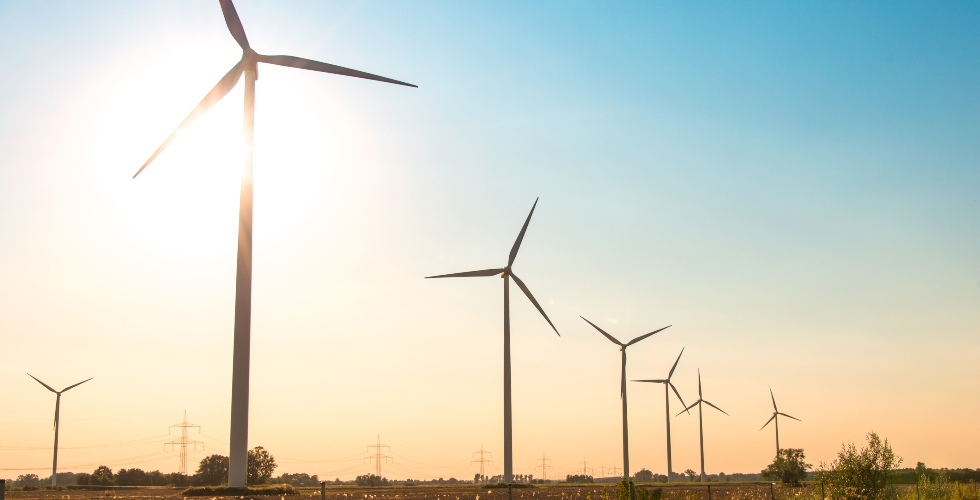Research and customer feedback show that e-shoppers are increasingly conscious of their impact on the environment and are actively looking for more eco-friendly ways to shop online.
Although younger generations are driving the trend, eco-conscious shopping is now a priority for almost three-quarters of online shoppers; 75% of consumers surveyed want brands to reduce the amount of packaging they use (nosto) and 73% are changing their consumption habits to reduce environmental impact (Nielsen).
To meet this demand, retail giants are blazing the sustainability trail with bold environmental commitments: Amazon’s Shipment Zero initiative aims to make 50% of its shipments net zero carbon by 2030 and eBay recently launched two “green” campuses as part of a wider effort to source 100% renewable electricity at its data centres and offices by 2025.
While these commitments are welcome, they can create the impression that sustainability requires huge investment and drastic changes. It simply isn’t true: reducing your business’ carbon footprint and creating a greener supply chain are realistic goals which can be easily achieved through small changes.
Turning brown parcels green
E-commerce requires huge amounts of packaging and for speed and product integrity, items are often wrapped individually rather than together. With 165 billion packages shipped in the US alone each year (econsultancy), it’s no wonder consumers are becoming increasingly vocal about wasteful packaging, with many sharing images of paper and plastic-filled parcels on social media.
Sustainable packaging solutions are becoming increasingly common as demand drives innovation. These range from big commitments, like pledging to use 100% recycled materials for parcels and printing, to smaller changes, such as swapping styrofoam peanuts for corrugated cardboard.
More deliveries, fewer emissions
A booming e-commerce industry means more products being transported around the world, and last-mile delivery is often identified as a significant contributor to carbon emissions. More flexible delivery options are a simple way to reduce the number of delivery vehicles on the road; one study showed that the number of delivery vehicles on UK roads each week could be reduced from 170,000 to just 4,600 if shoppers opted for click and collect rather than home delivery.
For shoppers, collection points effectively balance convenience with reduced carbon emissions. For the retailer, they ensure custom is not lost as eco-conscious consumers seek greener options elsewhere. It’s worth bearing in mind: 56% of consumers aged 18-24 would be persuaded to buy from a competitor who offered a more sustainable fulfilment option (Doddle).
The future of sustainable logistics
Despite clear customer demand, just 3% of shoppers agreed strongly that e-tailers “do a good job of giving sustainable delivery options” (Doddle); clearly there’s still plenty of work needed to make e-commerce and logistics more sustainable.
Perhaps online retailers just don’t know where to start when faced with so many exciting new innovations in sustainable packaging, more efficient freighting, greener modes of transport and more. With statistics suggesting that some young shoppers are so concerned about the environment that they’re abandoning familiar brands to shop from businesses with better sustainability credentials (Doddle), sustainability has to be at the forefront of any e-commerce business strategy.
For many online retailers, partnering with a logistics company that supports your sustainability goals is the most effective way to achieve more environmentally-friendly e-commerce. From packaging to last-mile delivery, Asendia’s e-commerce logistics solutions demonstrate our commitment to taking positive, responsible actions that reduce our impact on the environment.
Asendia’s commitment to greener e-commerce
Asendia is currently working to offset all our CO2 emissions for transport within Europe and from Europe to other continents through a range of initiatives. We’re hugely proud that our e-PAQ and Mail services to France and Switzerland, utilising our parent companies La Poste and Swiss Post, offer an incredible 100% carbon neutral delivery. e-PAQ also offers convenient local pick up options, which helps keep more vans off the road.
Sustainability is key to the future of e-commerce, so we’re working hard all over the world to measure and offset our carbon footprint, as well as advising customers and clients on how to do the same. To find out more about Asendia’s sustainability goals, and see how we could support your business with greener e-commerce solutions, contact us today.







